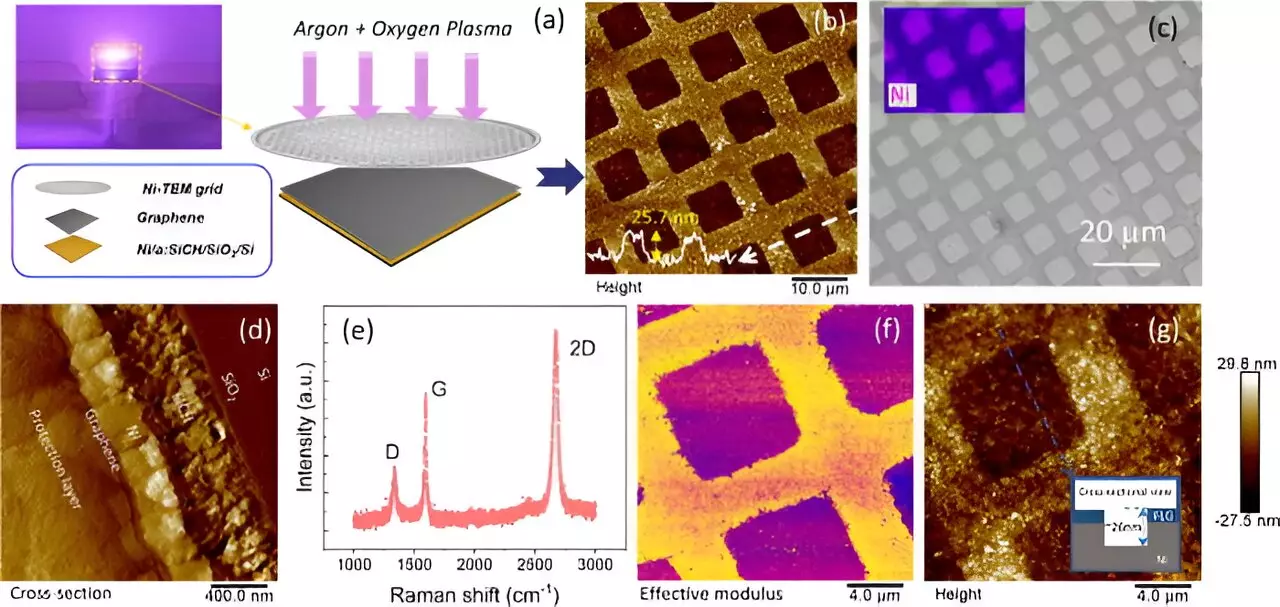In a groundbreaking study published in Applied Physics Reviews, researchers have uncovered a new technique to address the issue of enhancing the capacity of sodium-ion batteries. Led by Professor Oleg Kolosov from Lancaster University and Professor Zhigao Huang from Fujian Normal University, along with key contributions from Associate Professor Yue Chen, this research marks a significant advancement in the field of energy storage.
According to Professor Kolosov, the nanoscale exploration of rechargeable storage is crucial for the development of innovative and safe battery technologies. As the demand for energy storage solutions continues to rise, the limitations of lithium-ion batteries, due to the scarcity of lithium and mining challenges, have created a pressing need for alternative options. Through this research, the team aims to offer a cost-effective and secure alternative to traditional lithium-ion batteries.
The researchers introduced a novel method known as electrochemical ultrasonic force microscopy (EC-UFM) for the nanoscale visualization of interfaces within rechargeable batteries. This technique allows for real-time imaging of battery interfaces during operation, providing valuable insights that were previously unattainable with conventional electrochemical methods. By focusing on the solid-state-interphase (SEI) within the batteries, the team was able to analyze and optimize its formation to enhance battery capacity, power, and longevity.
Through the NEXGENNA Faraday Institution project, the researchers successfully addressed the long-standing challenge of increasing the capacity of sodium-ion batteries. By leveraging solvent as a medium for sodium co-intercalation into carbon electrodes, the team was able to manipulate the formation of the SEI layer during the battery cycling process. This strategic approach facilitated the smooth transfer of charge carriers between the electrolyte and electrode, resulting in more efficient and powerful sodium-ion batteries.
The innovative technique developed by this research team represents a significant step forward in the quest for advanced energy storage solutions. By unraveling the complexities of battery interfaces at the nanoscale level, the study not only enhances our understanding of battery dynamics but also paves the way for the development of safer, more durable, and higher-capacity energy storage devices.


Leave a Reply